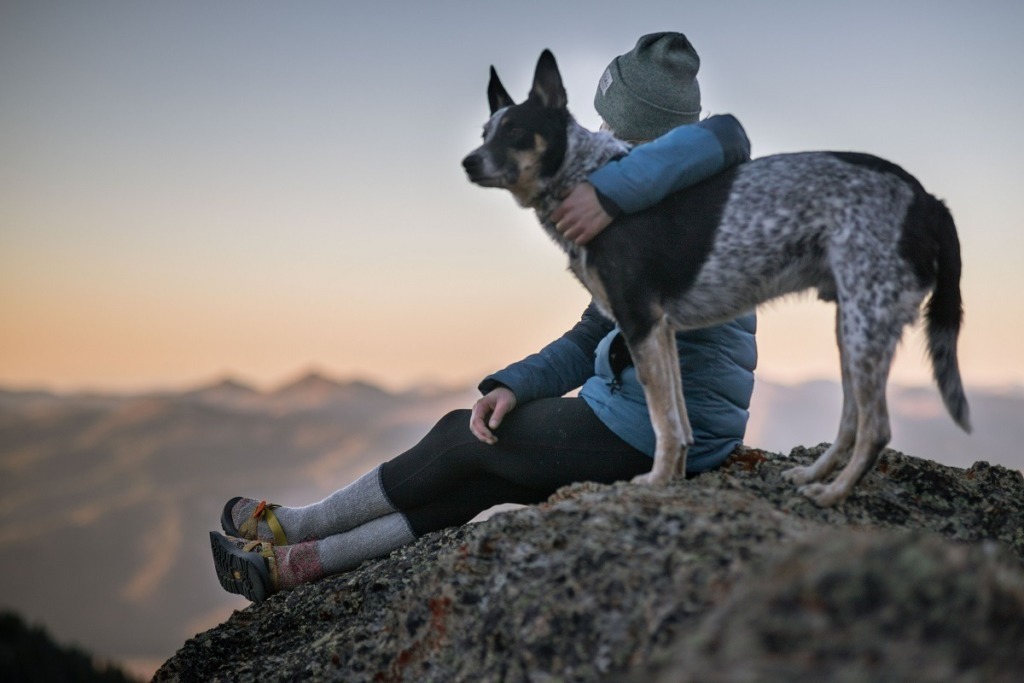
4 Things Parents of Young Kids Need to Know Before Adopting a Dog
Written by Chris Bark, dog writer at OodleLife.com
Are you thinking of adopting a dog but have young children in your family?
Young children and dogs can get along brilliantly. Growing older together can be a rewarding and loving experience for both the child and the puppy! There are however things for parents of young children to consider before adopting a new dog.
A combination of choosing the right dog breed and making the right choice when making plans to adopt will make integrating a dog into your family with existing children a surefire success.
1. Choose A Size Of Dog That Is Appropriate For Your Family
All sizes of dogs can suit your family – even if you have young children! Some small dogs thrive with babies and toddlers, and some big dogs have a protective drive or playfulness, and patience that may make a perfect match.
However, every family situation is different and you need to consider your circumstances to pick the right sized dog to avoid problems. Two major factors to consider are the amount of space available in your house – and also how your child (particularly your toddler) tolerates larger animals.
If you are already starved for space, you would be wiser to choose a smaller sized dog. As your kids grow up they will need more space. Throwing a large sized dog into the mix can result in a feeling of disorganised chaos. Sticking with a smaller sized dog might be a better fit for both your growing family and dog.
2. Consider Allergies In The Household
Allergies to dogs are more common than you may think. In fact, as many as 3 in 10 people have some degree of allergy to dogs according to the Asthma and Allergy Foundation. When adopting a puppy, you should be mindful of any allergies in the household.
The situation is made trickier by not knowing who in the house might end up sensitive. Allergy or hypersensitivity to pet hair can onset at any time. Some children don’t find out till they are school aged. Some adults are even surprised by a late onset of allergy to dogs.
If you are worried your children might develop an allergy to dogs, it may be wise to consider a low shedding or more hypoallergenic dog from the beginning.
Allergies to dogs are typically triggered by proteins called dander. Dander can be shed from the skin – but is also presents in dog saliva. This is why there is no such thing as a truly hypoallergenic dog. All dogs have skin, and ALL dogs have saliva! There are however dog breeds and crosses that cause much lower incidences of allergy or asthma inducing.
Great examples of breeds that are close to hypoallergenic are the Portuguese Water Dog, Poodles, and the many types of Poodle Mix breed dogs. These include Labradoodle and Cavoodles.
3. Consider The Difficulties Of Training A Dog In A House With Young Children
Early and consistent positive training will have your new dog house trained, happy, and responsive to commands in no time at all. Adding young children to the mix during training can make the process a whole lot more challenging.
Another important factor to consider is just how difficult it is to train a dog with the exciting distraction of young children around. Positive reinforcement training for a dog requires enthusiasm for food, and concentration for verbal praise. Active happy young kids can be such a distraction that puppy training can be much harder.
As you will see in the video below training using treats to reinforce your dog's behaviour to associate good behaviour with rewards is valuable.
If you are planning on adopting a dog into your household if you already have children – it might make sense to adopt as soon as possible. Why? Because the younger the children are the easier the training of the dog. There is an early window where your baby will not be as mobile and active. This can be an ideal time to train a dog!
Otherwise, if you already have an active toddler, you may choose to wait till your child is in kindergarten or school age before adopting a puppy. Then you can make the child part of the training process!
4. Consider The Barking And Temperament Of The Dog Breed
All dogs will bark and play. A dog that barks constantly though, can cause big troubles if your dog disrupts your child's sleep, scares them or creates disharmony with your neighbours. Although every dog is unique, different breeds have temperament qualities that might make them less or more suitable for living with a small child.
Some breeds like the Australian Shepherd are very affectionate – but require quite a bit of exercise! Breeds that descend from working dogs can have quite high levels of energy. If the needs of these breeds are not met then the excess energy can transform into problem behavior.
The most common problem behavior caused by your dog not being able to get rid of excess energy is excessive barking. At the wrong time, this can disrupt sleep resulting in grumpy children (and adults). It can also frighten some children as it can be loud and unexpected.
Any breed can have a problem with barking. Some are known for being fairly relaxed. French Bulldogs and Labradoodles are commonly reported to have few problems with excessive barking. This only counts if they are otherwise mentally and physically exercised. Any dog breed that is bored or has too much spare energy will bark.
Growing up alongside a puppy can be a rewarding and fascinating experience for your children. Dogs can provide comfort, entertainment, and even be used to help teach your child. Carefully consider the temperament and size of the dog breeds before adopting a new dog into your family.
Source cited in article: https://www.aafa.org/pet-dog-cat-allergies/
Adopting a Kid-Friendly Adopting a Kid-Friendly Adopting a Kid-Friendly Adopting a Kid-Friendly



